A BRIEF HISTORY OF THE CATHOLIC CHURCH IN VIETNAM
(1533 – 2000)
The Gospel was first brought to Dai Viet in 1533, when a Western missionary named Ignatius secretly preached the faith in the regions of Nam Chan and Giao Thuy. Though seen as heretical at the time, this marked the beginning of the Catholic Church in Vietnam, which has since journeyed through three key historical periods:
I. Born in Suffering (16th–18th centuries)
In its early centuries, the Church was sown with tears—amidst hardship, misunderstanding, and persecution—yet it took root in the resilient faith of the Vietnamese people.
II. Matured in Martyrdom (19th century)
The 19th century witnessed the heroic witness of countless martyrs. Their blood became the seed of faith, nourishing a Church that would grow strong amidst trials.
III. Flourished in Service (20th century)
Throughout the 20th century, the Church expanded not only in numbers but in active service—through education, healthcare, and charitable outreach—becoming a vibrant presence in Vietnamese society.
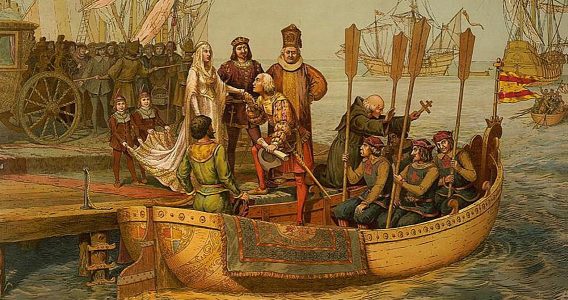
I. Born in Suffering (16th–18th centuries)
The early period of the Catholic Church in Vietnam was marked by great hardship and heroic missionary zeal. Dominican missionaries arrived in Hà Tiên in 1550, followed by evangelization efforts in Northern Vietnam (Đàng Ngoài) in 1583 by Dominicans from the Philippines. In 1615, Jesuits began mission work in Central Vietnam (Đàng Trong), with key figures such as Alexandre de Rhodes contributing to the development of the Vietnamese alphabet (chữ Quốc ngữ) and the formation of catechist communities (“thầy giảng”).
In 1627, Jesuit missionaries including de Rhodes arrived in Thanh Hóa, significantly expanding the mission in the north. With growing local participation, missionaries began compiling catechisms, prayers, and hymns in Nôm script. De Rhodes later presented the case for Vietnamese missions in Rome and published two foundational works in 1651: a catechism and the first trilingual Vietnamese–Portuguese–Latin dictionary.
Responding to the flourishing mission, Pope Alexander VII issued the apostolic brief Super Cathedram in 1659, establishing the first two Apostolic Vicariates in Vietnam: Đàng Trong, entrusted to Bishop Lambert de la Motte (MEP), and Đàng Ngoài, to Bishop François Pallu (MEP).
Vietnamese clergy began to be ordained, and catechists were trained to support the growing Church. In 1670, Bishop Lambert held the first synod in Phố Hiến, ordained local priests, and founded the Lovers of the Holy Cross, the first indigenous religious congregation for women, dedicated to prayer, charity, and catechesis.
Lay leaders, known as quý chức, played a vital role in protecting missionaries during times of persecution and nurturing the faith community. Among notable missionary figures was Bishop Pigneau de Béhaine (Bá Đa Lộc), who contributed significantly to both religious and cultural development, authoring a catechism in Nôm and compiling a comprehensive Vietnamese–Latin dictionary.
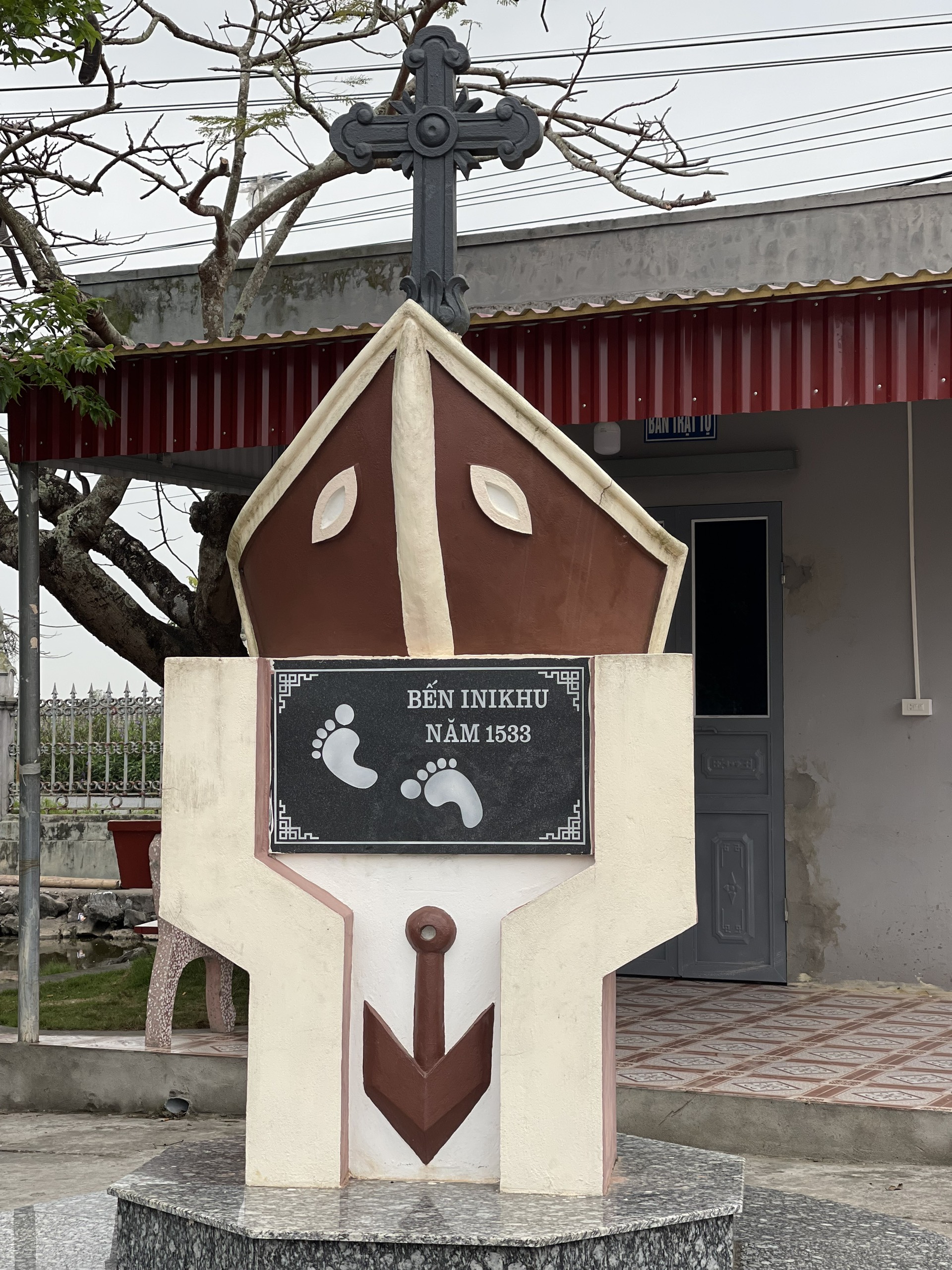
II. Maturing Through the Blood of Martyrs
In 1802, Emperor Gia Long unified Vietnam and established the Nguyen Dynasty, bringing relative peace. At that time, the Catholic Church in Vietnam had already taken root and was growing steadily. By then:
- The Diocese of Cochinchina had 1 bishop, 5 missionaries, 15 native priests, and 60,000 faithful.
- The Western Tonkin Diocese had 1 bishop, 4 missionaries, 41 priests, and 120,000 faithful.
- The Eastern Tonkin Diocese had 1 bishop, 4 missionaries, 41 priests, and 140,000 faithful.
Despite persecution and martyrdom under various dynasties, the faith persevered. Over 130,000 Catholics gave their lives for Christ:
- 30,000 martyrs during the Trinh Lords, Nguyen Lords, and Tay Son Dynasty.
- 40,000 martyrs under the reigns of Emperors Minh Mang, Thieu Tri, and Tu Duc.
- 60,000 martyrs during the anti-Catholic Văn Thân movement.
Of these, 117 Martyrs of Vietnam have been canonized:
- 96 Vietnamese,
- 10 French from the Paris Foreign Missions Society (MEP),
- 11 Spanish Dominicans.
They represent every state of life: bishops, priests, catechists, seminarians, and lay faithful—including one woman, St. Anne Le Thi Thanh. Their witness spanned multiple reigns, from the 18th to 19th centuries.
While some missionaries remained with their flock to the end, others such as Bishop Jean-Louis Taberd (MEP) contributed to the Church’s future by compiling significant linguistic works with seminarians Philiphe Phan Van Minh and John Doan Trinh Hoan, both later martyred.
By 1868, under Emperor Tu Duc, Catholics were legally classified as “dữu dân”—a derogatory term likening them to weeds. Nevertheless, the blood of martyrs became the seed of faith. The late 19th century saw growth in all areas of Catholic life, including education, healthcare, and the arrival of European religious congregations such as the Daughters of Charity of St. Paul of Chartres, the La Salle Brothers, and the Carmelites.
By 1889, the Church in Vietnam had expanded across eight dioceses, with increasing numbers of clergy, religious, seminaries, schools, orphanages, hospitals, and over 670,000 faithful, demonstrating the profound fruit borne of sacrifice and steadfast faith.
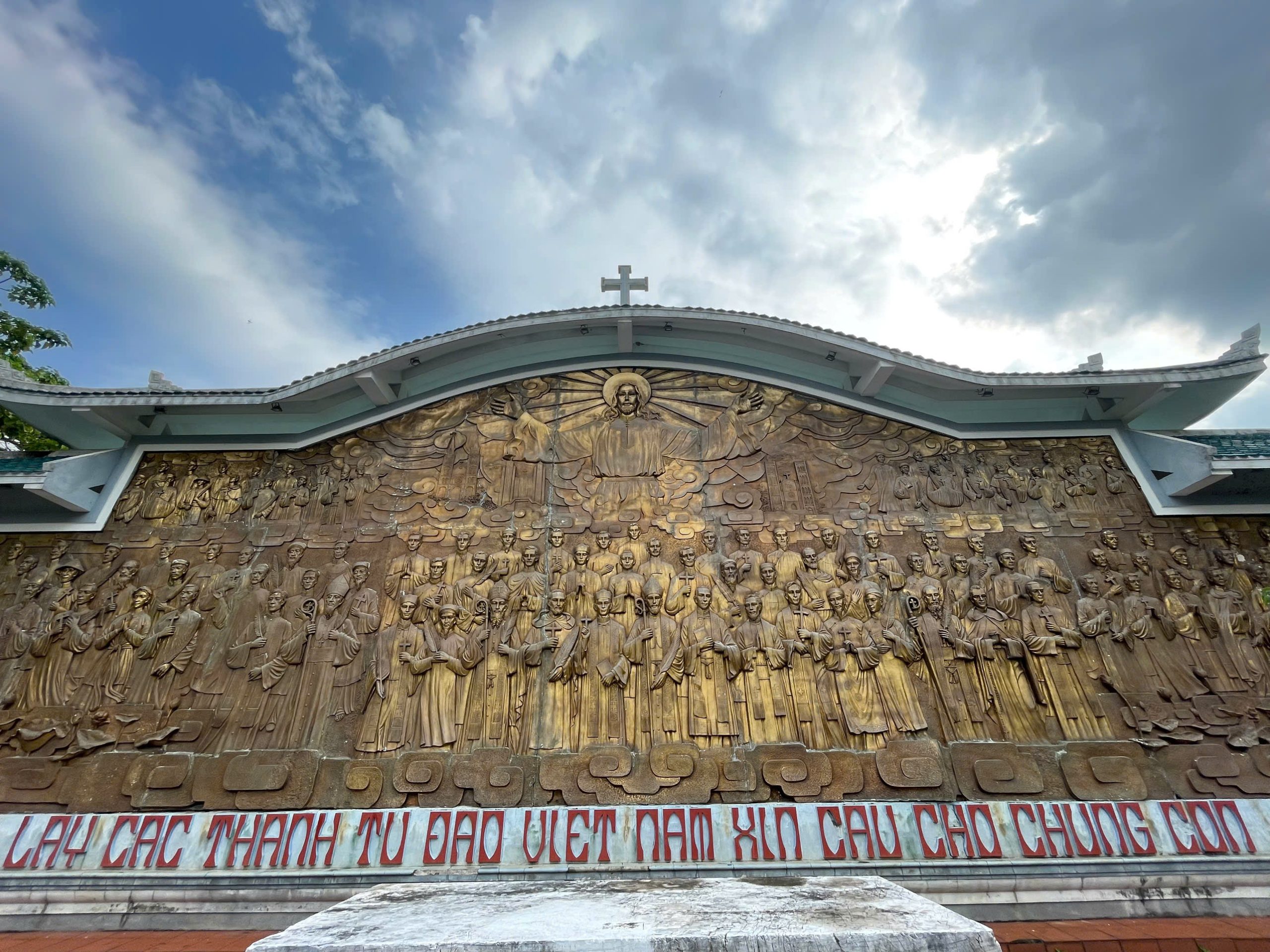
III. Growth In Service (20th Century)
The Vietnamese Church, born from martyrdom, continued to flourish through trials. In 1924, the bishops of Indochina proposed renaming dioceses after their episcopal cities. A Vatican delegation (Apostolic Delegation) was established in Huế in 1925. On June 11, 1933, Pope Pius XI ordained the first Vietnamese bishop, John Baptist Nguyễn Bá Tòng, at St. Peter’s Basilica, marking 400 years of the Gospel in Vietnam.
The Indochina Plenary Council (1934) gathered 19 bishops and religious leaders to lay the foundation for the future of the Vietnamese Church, promoting local clergy and laity involvement. This led to the creation of several new dioceses and the appointment of native bishops, such as Bishops Hồ Ngọc Cẩn and Ngô Đình Thục.
After the 1954 Geneva Accords, over 650,000 Catholics migrated south. The Church in the South grew rapidly, founding institutions like the Catholic University of Da Lat (1958) and the Pontifical Institute Pio X. In 1959, to mark 300 years of the first two dioceses, the National Marian Congress was held in Saigon with Cardinal Agagianian presiding.
On November 24, 1960, Pope John XXIII officially established the Vietnamese Catholic hierarchy with three ecclesiastical provinces: Hanoi, Hue, and Saigon, encompassing many dioceses. More were added over time, including Đà Nẵng, Xuân Lộc, and Phan Thiết.
Amid war and migration (1975), the Church remained resilient. The first assembly of the Vietnamese Episcopal Conference in 1980 declared a pastoral mission: “To live the Gospel in the heart of the nation.”
On June 30, 1978, Archbishop Joseph Mary Trịnh Như Khuê of Hanoi became the first Vietnamese Cardinal. On June 19, 1988, Pope John Paul II canonized 117 Vietnamese Martyrs in a historic ceremony in St. Peter’s Square.
By 1995, the Church in Vietnam served over 4.5 million faithful across 25 dioceses, guided by 32 bishops and 1,866 priests. Major seminaries and vibrant religious communities supported a growing number of vocations, both male and female, dedicated to a life of service and evangelization.
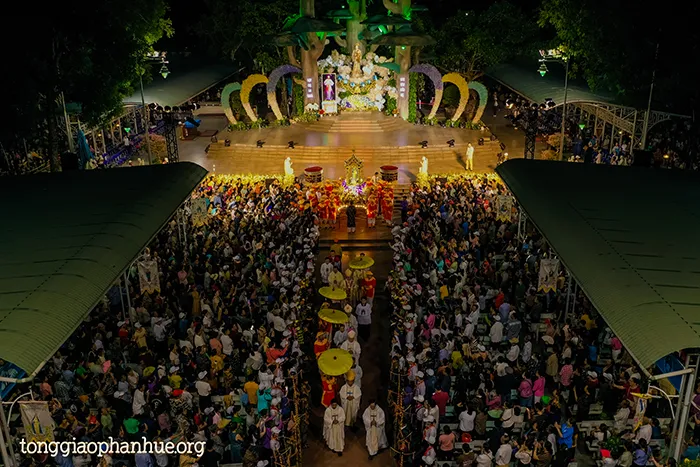
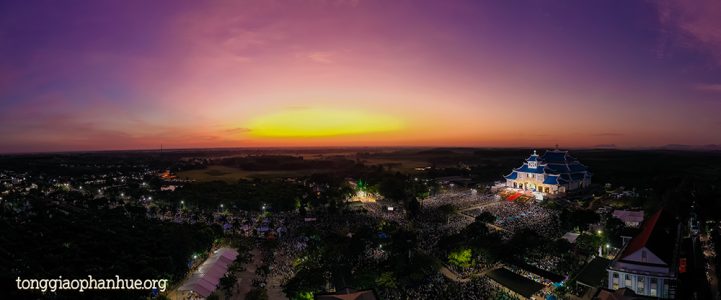
From 1995 to 2000, the Catholic Church in Vietnam continued to grow in both pastoral outreach and vocations, affirming its identity as a Church fully integrated in the life of the nation. The Vietnamese bishops maintained their commitment to the pastoral orientation set in 1980: “To live the Gospel in the heart of the nation.”
By the end of the 20th century, the Catholic Church in Vietnam had become a vibrant, missionary, and hopeful community, deeply rooted in Vietnamese culture and strengthened by a history of martyrdom and fidelity.
Source: https://hdgmvietnam.com/, https://tonggiaophanhue.org/
Vietnam Catholic Tours
You May Also Like:
Vietnam Pilgrimage Package Tours
https://vietnamcatholictours.vn/the-month-of-our-mother-mary/






